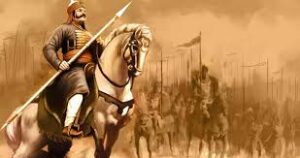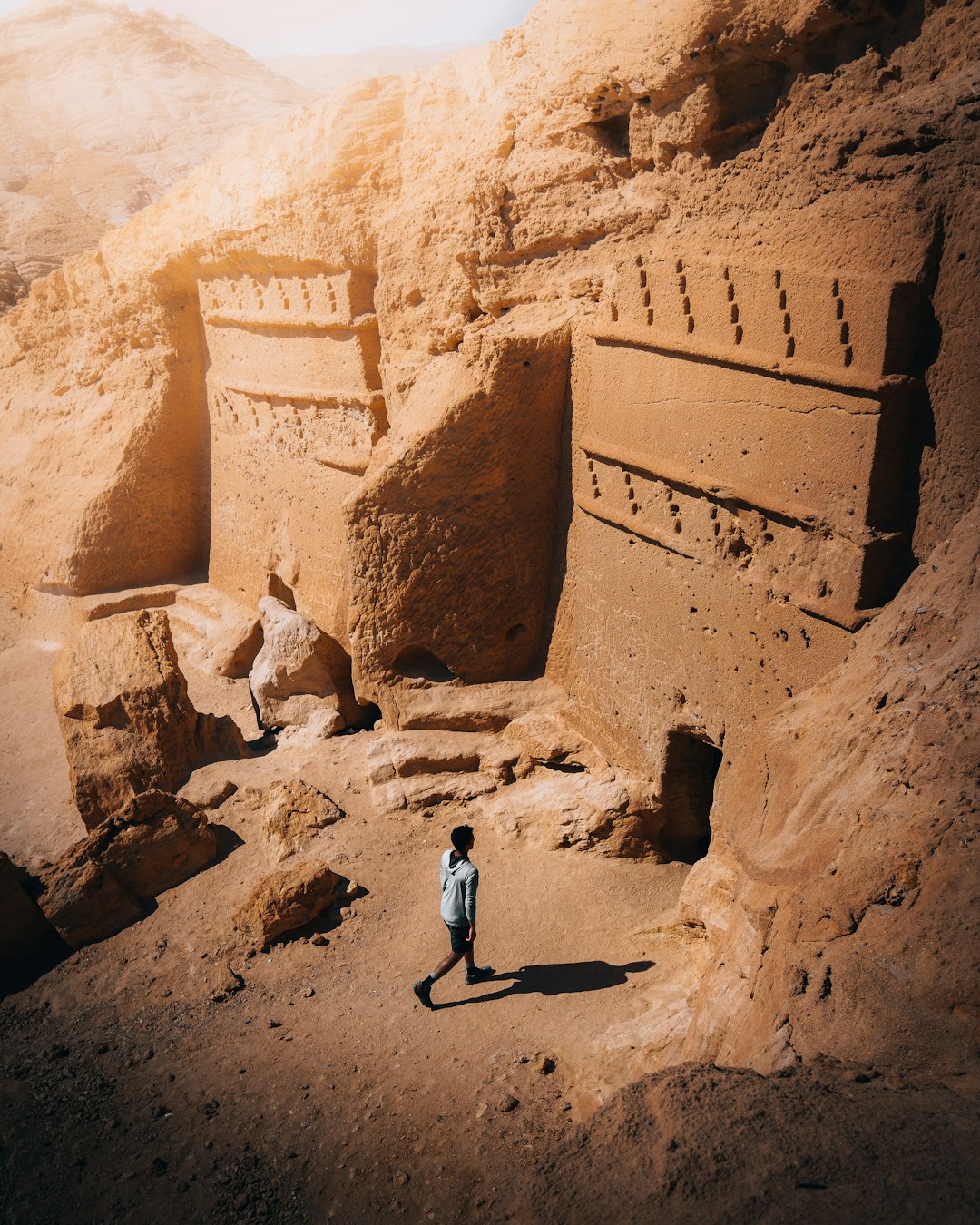A symbol of cultural fusion and military prowess, the Delhi Sultanate is testimony to an era where love and war intertwined to determine the course of history. It is said that nothing was impossible for the Delhi Sultanate.
Spanning three centuries from 1206 to 1526, the history of this period is replete with stories that evoke a varied range of emotions – from the heights of romantic passion to the depths of tragic suffering and loss. This article looks at the stories that defined the Delhi Sultanate, exploring the complex fabric of human experiences that left a pioneering mark on the Indian subcontinent.
Amid a backdrop of constant battles and political intrigues, love blossomed in unexpected places, with little logic or reason. One of the most talked about love stories of the Delhi Sultanate is that of Razia Sultan and Jamal-ud-Din Yaqut. Razia, the only female ruler of the Sultanate, challenged social norms with her indomitable spirit and keen intellect. Her reign, though short, was also marked by progressive policies and a commitment to justice.
However, it was her relationship with Jamal-ud-din Yaqut, an Abyssinian slave-turned-noble, that stirred controversy and passion in equal measure. Their love transcended the rigid boundaries of caste and class, reaching a limitless limit, which led to a lot of criticism and also became the subject of court gossip and political machinations. We will not write this story in full detail today, but will definitely write it in one of the articles. We will also explain why people consider the love story of Razia Sultan and Jamal-ud-din Yaqut to be wrong.
Yaqut’s rise to prominence as Razia’s confidant and lover aroused jealousy among the nobles, giving rise to conspiracies that ultimately led to his tragic downfall. Razia’s battle for love and power, which culminated in her untimely death, is a haunting reminder of the sacrifices made in the name of both. But it was all folly.
 the Delhi Sultanate
the Delhi Sultanate
The history of the Delhi Sultanate is also a saga of tireless warriors who fought to protect and expand their dominion. Among them, Alauddin Khilji stands out for his military brilliance and ruthless ambition. His reign from 1296 to 1316 saw several successful military campaigns that significantly expanded the Sultanate’s borders and secured its wealth. However, Alauddin Khijli’s legacy was not just of conquests, but also of strategic brilliance and administrative acumen.

One of Alauddin Khijli’s most famous campaigns is against the Rajput kingdom of Chittorgarh. The siege of Chittorgarh in 1303 is renowned for its military significance and the stories of valour and sacrifice that emerged from it. The Rajput defenders, led by Rana Ratan Singh, resisted with indomitable bravery, showing that Rajputs are not called Rajputs for nothing, but there was Alauddin on the other side.
But this story is neither about Alauddin Khijli nor about the Rajputs. It was the story of Rani Padmini that captured the imagination of generations. According to legend, her beauty so captivated Alauddin that he waged a war to possess her. Faced with inevitable defeat, Padmini and the women of Chittorgarh chose self-immolation (jauhar) rather than humiliation, creating a tale of tragic valour that has been immortalised in folklore and literature.
Cultural renaissance
While war and politics dominated the history of the Delhi Sultanate, the period also witnessed a cultural renaissance that enriched the artistic and intellectual heritage of the subcontinent. The synthesis of Persian, Turkic and Indian traditions under the patronage of the sultans led to remarkable advances in architecture, literature and art.
The construction of the Qutub Minar, started by Qutub-ud-din Aibak and completed by his successor Iltutmish, is a magnificent example of this architectural splendour. Adorned with intricate carvings and inscriptions, this tall minaret symbolises the architecture of the Sultanate and its role as a beacon of Islamic culture in India.
Literary contributions also flourished, with poets and scholars finding patronage in the courts of the Delhi Sultanate. Amir Khusro, a poet, musician and scholar, was emblematic of this cultural flourishing. His works, combining Persian and Indian elements, reflected the composite culture of the time. Khusro’s poems, imbued with themes of love and devotion, still resonate today, echoing the emotional depth of an era where art knew no boundaries.
Legacy of administration
Beyond the stories of love and war, the legacy of the Delhi Sultanate is also marked by its administrative innovations. The establishment of a centralised system of governance, the introduction of land reforms and the development of a monetised economy were important milestones. Which brought about great reforms in the Delhi Sultanate. The institution of the Iqta system, where land revenue was assigned to military officers and nobles in return for their service, laid the foundation of a structured and well-organised administration.
Sultan Muhammad bin Tughlaq, known for his ambitious projects and eccentricities, exemplifies the complexities of Sultanate rule. Though very disastrous, his decision to shift the capital from Delhi to Daulatabad reflects his farsightedness and impractical approach.
Similarly, Sultan Muhammad bin Tughlaq’s introduction of token currency, an idea ahead of its time, faced considerable challenges but underscored the innovative spirit of the Sultanate.
End of an Era the Delhi Sultanate
The history of the Delhi Sultanate culminates with the rise of the Mughal Empire, but the influence of the Delhi Sultanate continued long after its end. The stories of the Sultanate’s rulers, their successors, and their successors shaped the socio-political landscape of medieval India through hardships and adversities. The legacy of the Delhi Sultanate is embodied in monuments that stand tall, literary works that continue to inspire, and administrative practices that laid the foundations for future governance.
When we think of the Delhi Sultanate, it is the human stories – of love overcoming obstacles, of warriors defending their honour, of cultural symbiosis, and of visionary leadership – that resonate most deeply. Woven with threads of passion and perseverance, these histories remind us of a time when the heart of India beat to the rhythm of a thousand stories, each contributing to the rich fabric of its history.
In conclusion, the Delhi Sultanate is not just a chapter in the pages of history; it is a testament to the enduring spirit of a civilisation that flourished amid the tumult of love and war, leaving us a legacy that continues to fascinate and inspire today. image link





